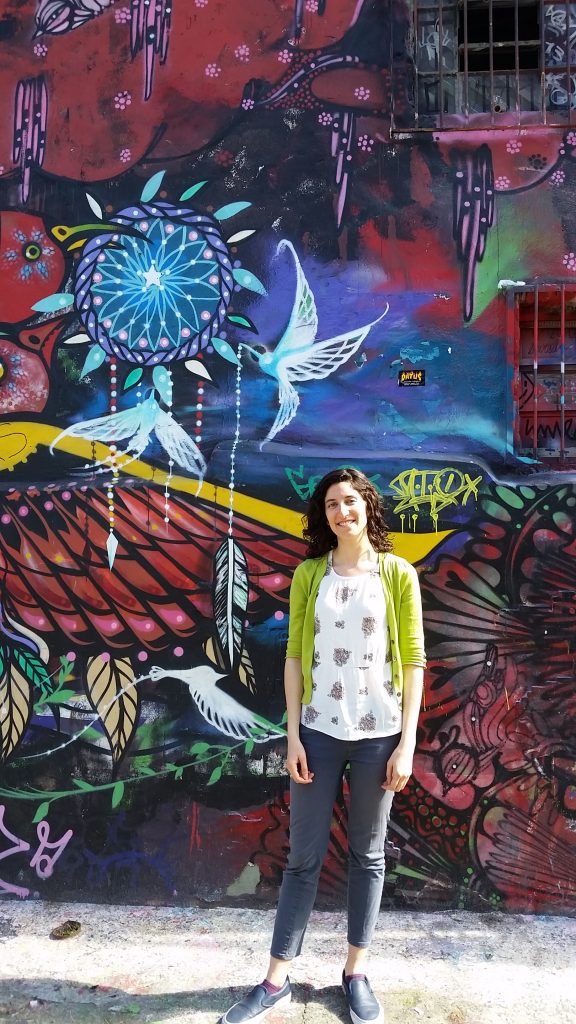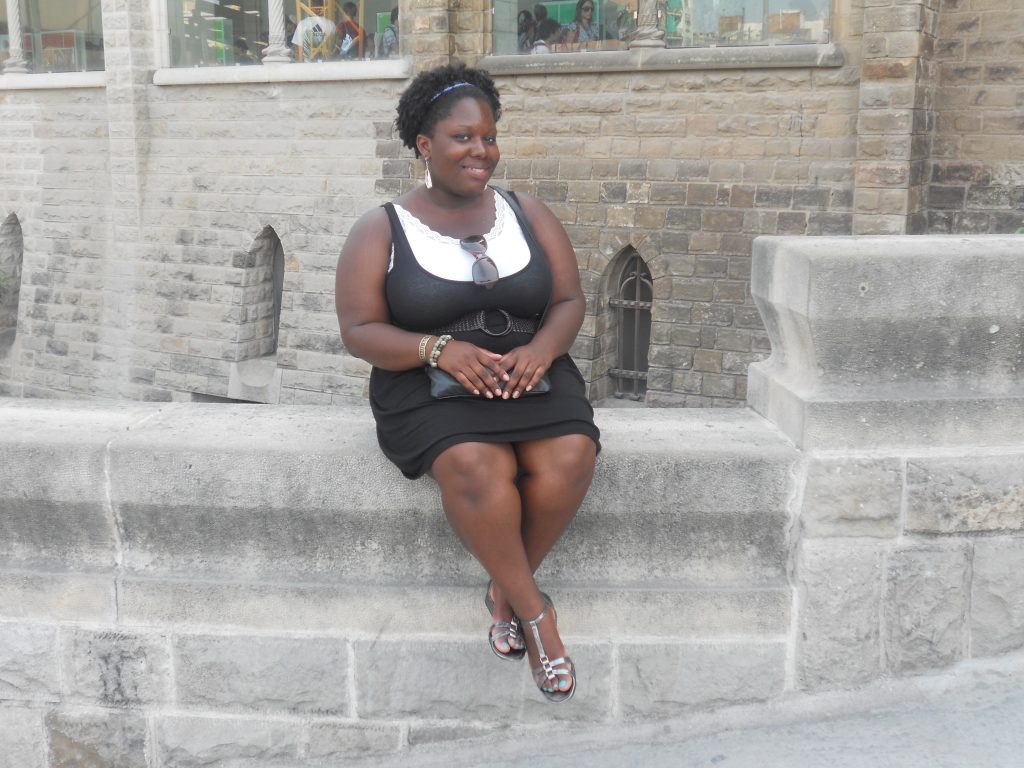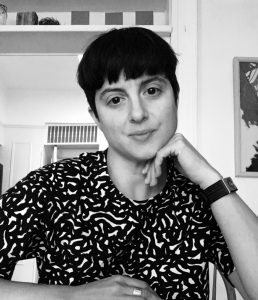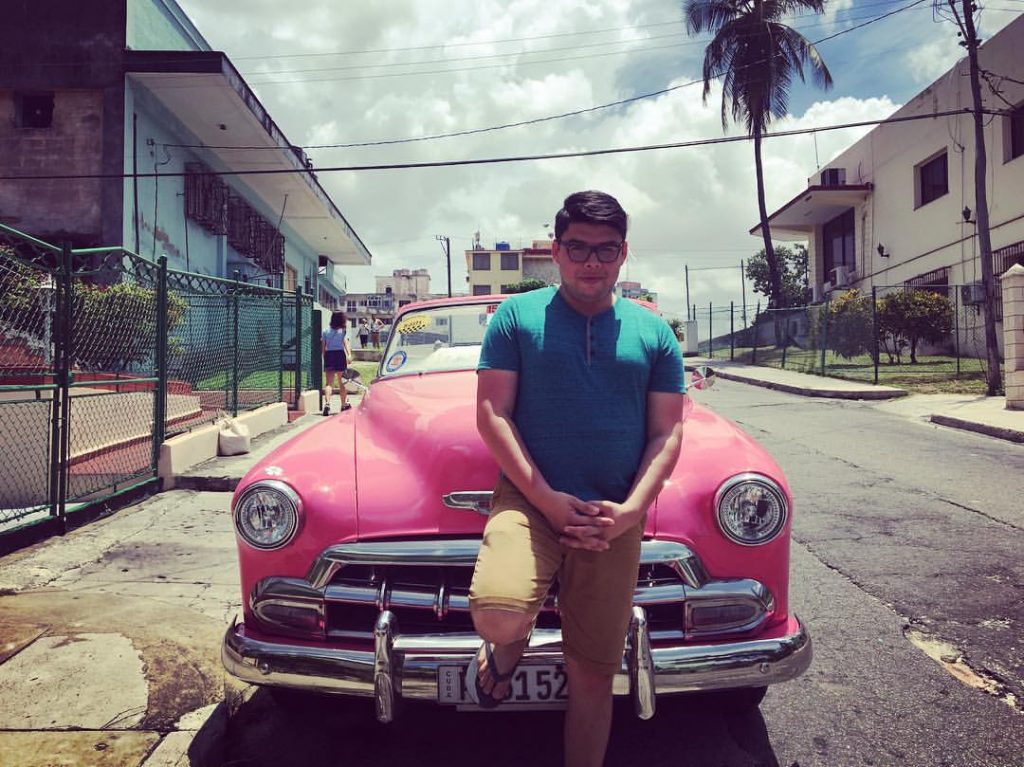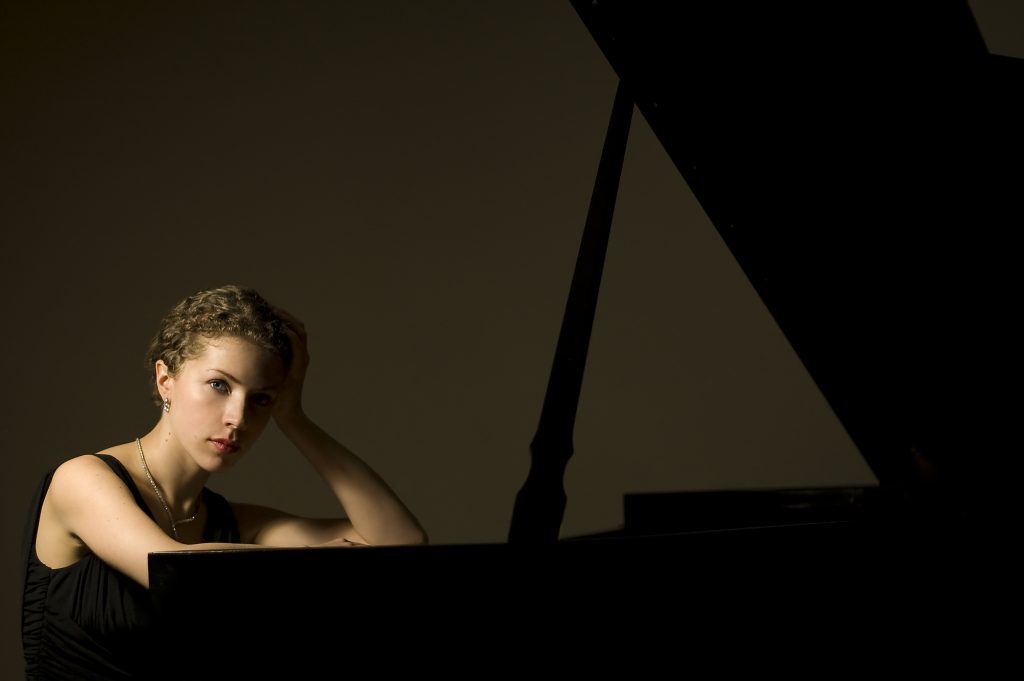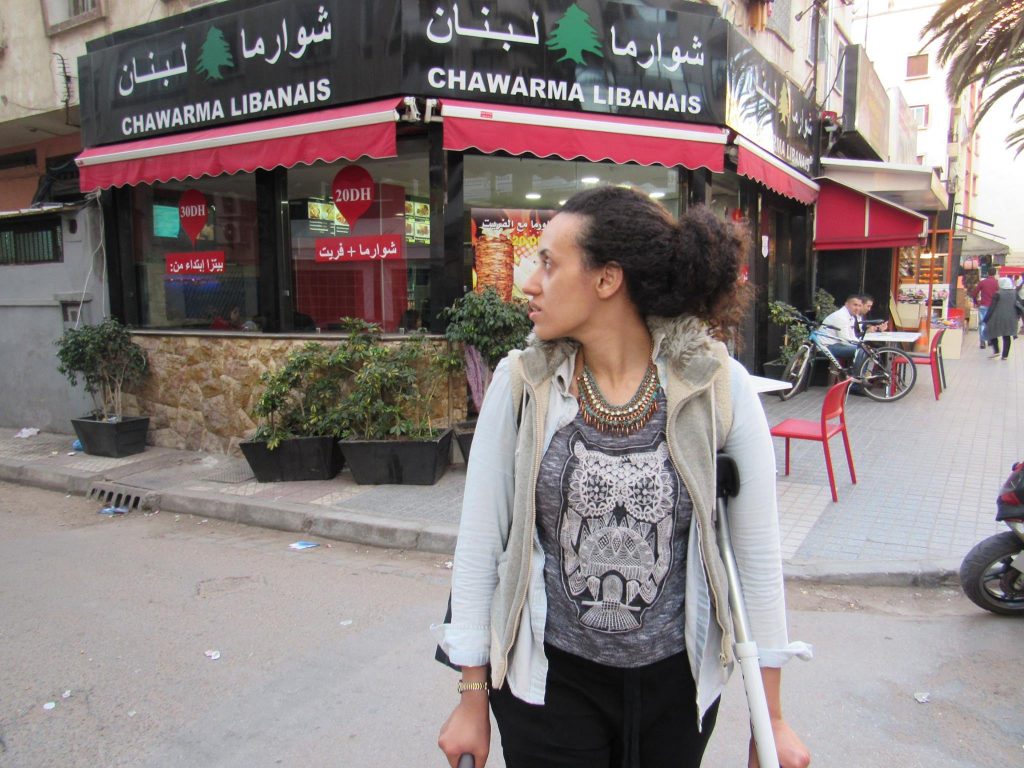
For those who suspect that formal education in the United States is rooted in a colonial past, being an educator is a role and identity entrenched in conflict, tension, and most importantly an imperative to support students who have been conventionally marginalized from power in society. What this support looks like across different times, spaces and situations varies differently, as does the type of conflicts and tensions that an educator undergoes as he/she develops a pedagogical approach that fulfills the multitude of demands of the classroom. Educators come to the table with different levels of preparation, and more often than not, find themselves learning on the job. From designing and adapting syllabi and lesson plans, to classroom management and group facilitation, assessment and feedback, and a slew of other responsibilities that an educator will inevitably face, each move and decision made in this process is part of an institutionalized practice of formal education, and often reflects a larger socio-political context. It is also a process where educators develop strategies and practices that reflect their own (evolving) system of beliefs, values and understanding about the world, and about their role as an educator. In both iterations, teaching and learning is intimately tied to social power. Therefore, critically understanding and engaging our positionality as educators is an important step to enacting pedagogical practices that are socially conscious. We aim to understand and engage our positionality as educators in the classroom by thinking about how our own experiences at the intersection of race, ethnicity, gender, class, nationality and disability have shaped the kind of scholar that we are. By considering our vantage point we can design assignments and develop teaching strategies that reflect a critical awareness of our social world. Introspection is leveraged as a tool to better clarify and articulate our teaching philosophy and develop more intentional and more responsive pedagogical practices.
Mediating between the institutional structure of the academy and the intimate development of teaching practices can bring to fruition many dilemmas and challenges for educators. This is especially true for Doctoral students who are in the midst of completing their own academic work. Educators find themselves stuck between ethical, intellectual and practical issues about how to best serve students. This can take many forms, from struggling to lead a class of students with widely varying levels of proficiency, to re-evaluating the ethics of what makes good writing. Educators evolve while learning on the job as they negotiate the web of expectations, measures, freedoms and constrictions that shape their practice. Socially-conscious pedagogy is used as an expansive framework to examine, consider and enact principles of equity and accessibility while taking into account those expectations, measures, freedoms and constrictions. In other words, enacting socially-conscious pedagogy is not isolated to thinking about classroom practices, but considering the larger social context that educators find themselves and their own position and perspective within that.
For example, one important issue that many educators come to face is decisions about types of literature and materials that will be offered in class. For some, curricular choices are determined by departments and lists of material to cover is provided for the educator. For others, the freedom to pick and choose their own reading materials is available. Nevertheless, the artifacts and materials we expose students to in the classroom represent bodies of knowledge that we center and prioritize. Across academic disciplines there exists established canons of literature that represent the baseline of what a student ought to know. As Doctoral candidates and scholars in training, we are tasked with exposing students to these bodies of knowledge. Yet, these canons often represent an understanding of the world produced from Western-Anglo-European, patriarchal, heteronormative, ableist, anthropocentric perspectives. Social reproduction persists in the very knowledge educators are tasked with reproducing in the classroom. Educators can struggle between reproducing sanctioned narratives about the world and offering diverse perspectives. This is of particular significance for educators who seek to resist conventional practices in academia such as reproducing dominant narratives about the world, and do so under particular conditions such as departmental requirements, time constraints and other factors.
Developing a socially-conscious pedagogy is about engaging the ethical, intellectual and practical questions and imperatives that an educator will come across, and doing so within a community of educators interested in exploring and enacting socially-conscious principles in the classroom. In the Fall of 2017 aseven educators convened for a Focused Inquiry Group dedicated to discussing and articulating what socially-conscious pedagogy means, looks like in individual classrooms, and lessons learned along the way. These educators shared participated in dialogue about their work and positionality in the classroom, samples of teaching artifacts, and some evolving guidelines and principles that emerged.
— Sakina Lakisimi-Morrow
To me, socially conscious pedagogy starts with the recognition that teaching is a political act. People walk into classrooms with a range of diverse experiences and ways of knowing. Society also reads differential power and privileges onto our bodies based on a host of factors — race, gender, sexual orientation, immigration status, class — and those will impact how people view and interact with institutions of higher learning and with education in general. They will also shape how people grapple with and appropriate ideas, and learn. To practice socially conscious pedagogy requires reflection and introspection: on the context where you teach, your students’ and your own intersectional identities, and the content and skills that your institution, your students, and you, value. It means always questioning the methods you use and the content you explore — who constructed this knowledge? Which voices are missing?
Reflecting in these ways has guided me to take several steps in my teaching of prospective and in-service K-12 teachers and counselors. Given that teaching is by and large an iterative process, exceptionally context dependent, I can’t say I’ve mastered any particular practices. But I continue to develop a method for facilitation of explicit conversations about classroom social dynamics. I acknowledge the limitations of my own perspective, rooted in my embodied experiences as a white female educator teaching mostly students of color. I try to open up spaces for students to consider their own and each others’ perspectives as resources in their learning. I bring in a diverse range of perspectives on the content and encourage students to challenge them and my presentation of them, to take ownership over them, and make connections between them. For instance, last semester, some of my counseling pointed out that an article I assigned about culturally responsive counseling had a subtle deficit-perspective about emergent bilingual students. I asked them if they thought I should remove it from the syllabus for next term. A healthy discussion ensued, with some students arguing to keep it, so future students might highlight and recognize those deficit perspectives, and others arguing to replace it.
I think constantly about the interplay between structure and agency — how to provide opportunities for students to co-create projects and assignments and activities, while still acknowledging that scaffolds and supports are needed when people encounter new ideas. I have also incorporated formal and informal moments for students to wrestle with contemporary political issues that surround their work as educators or counselors, and then to consider in what ways big and small they might enact change in the world around them.
— Sara Vogel
I think about ways that I can raise the level of awareness to social issues in my students and ways to make it interesting and personal for them. My students get more involved in socially conscious pedagogy when I can relate lessons to something that directly affects them or impacts them, or that interests them. I’ve been fortunate in that it’s easy to do at Lehman. I usually teach English 111 or 121. You have the freedom to do what you want as long as you hit the checkpoints, so I’ve spent a lot of time talking about what was going on at the time: Ferguson, Flint, Syria. There are connections to poetry — many poets have discussed contemporary issues. These are people who are writing today about today’s problems. A lot of times we encounter materials written by people in their time, but this generation likes talking about now. I do current events. Many people use the internet for so many things. Most of my students are not using the internet to figure out what’s happening in the world (that doesn’t apply to all, but most of them). For my freshman, I always institute some sort of current event: Find something you want to talk about with the class, stand up in front of the class, sum up the article and take questions from the class. It combines: speech, summary (which some students have to focus on in Freshman classes), there’s analysis since they have to provide their view, they are interacting with their peers, they have to pose questions and facilitate class discussions. They really take ownership of it. Every single class member is assigned current events. But even if it’s not their day, they all always have a roster of current events to discuss. It comes out in their writing and they take that with them after the class. I don’t remember where I got it from, but I remember being frustrated when Ferguson was happening, and most people had no idea what was going on. It’s not just horrible things happening in this country, but I try to also temper horrible stories with positive ones, and ones from around the world. SCP is not just about having students be aware of what’s going on, but to connect them to it, have them share it with others, and have them explore what’s going on. It becomes part of their outlook. I bring elements of that to all of my classes — even Shakespeare. I was going to have them read from Aime Cesaire’s version of The Tempest. I’ve noticed people that some educators have issues with SCP. They don’t know how to bring it in unless they are teaching a special topics class. But SCP is just about how you see the world — you can bring that to anything. If you’re not, it’s kind of a problem.
–Makeba Lavan
The socially conscious pedagogy that I practice as a mathematics teacher educator integrates how students make sense of state authorized math content while questioning the ideas they hold about people and society. As an educator-activist, I would not describe myself as a typical mathematician. I remember doing well enough on tests yet never really retaining an understanding beyond exams. I can recall the feeling of dread when asked to immediately regurgitate multiplication facts in elementary grades. The questions were always jarring and panic inducing. Yet, while the experience in math education felt like a form of hazing, I never questioned math curricula or the discipline itself. It wasn’t until I began working in elementary schools and engaged in a math professional development course that focused on building an understanding of the base ten system that I even made sense of how multiplication algorithms worked every time. This “aha” moment for me cracked through an all powerful mysteriousness of math. This moment accompanied a longer process of investigating many ideas I had unconsciously accepted, like the idea that tests are definitive of a persons capability. This crack keeps expanding into larger fissures as I continue interrogating the relationship between math and society. While there are multiple ways to build an understanding of the base-ten number system, I teach from the stance that all students are intelligent and all students are mathematicians (among other things). Math is not disconnected from people’s everyday lives. Thus, to be socially conscious, in the case of math, is to investigate where our ideas come from and the ways math is taught and used in society.
—Atasi Das
I think of a socially conscious pedagogy as a set of principles and practices that work through and toward an ever-greater awareness of dynamics of power and the mechanisms driving majoritarian claims to privilege. What this means is honest, frequent conversations about and analysis of how white supremacist, masculinist, sexist, gender essentialist, ethnocentric, and heteronormative ways of thinking and living get promoted and reproduced through the classroom. It also means teaching how whiteness gets made into a norm that intersects with specific expressions of class and gender. It seeks to engage students in exploring not only the production of that norm but the radical ways in which those outside the norm experiment, resist, and destabilize it. This pedagogy likewise attends to the ways in which power dynamics play out in classroom dynamics and course design. It helps students to use their layered identities to feel empowered to critique the social structures determining the possibilities of their lives. Drawing students attention to how race, gender, class, and sexuality identities intersect helps them to think critically both about the content of the literature we study and their own positions relative to it. Much of what I have learned throughout my teaching career about inclusive pedagogy and constructive learning informs the way I think about socially-conscious pedagogy. This kind of pedagogy privileges students’ own capacities as learners and teachers, to teach themselves, to teach others, and to construct the necessary conditions for discovering new ideas. I emphasize the ways in which I struggled to learn which learning modalities worked for me, and also how I am not the expert, but an experimenter, beginner, and learner alongside them. Less than a director, I work toward becoming and being seen as a facilitator of the space in which this co-constructed learning experience happens. Assuming this role decentralizes my authority over students’ experiences and distributes responsibility and power across all the participants. Some examples of teaching tools that de-center the teacher include peer review, small-group collaborative class work, student-led workshops, rubrics, and grading contracts. I second all of what Sarah and Makeeba wrote about co-constructed assignments, attention to history and current events (context always matters is the social always matters), and empowering students to act toward making their lives, interactions, and world better, a world less controlled by white supremacist, patriarchal, heteronormative beliefs and structures.
Lastly, I have been thinking more lately how much do I or don’t I encourage students to think both sides of an issue, or wondering in what ways I fall into “pushing my value”–whether SoCoPed can work in a way that rigorously prepares students to think empathetically, to be able to think their way into another person’s opinion or experience even when they disagree. Constructing truly open questions, not biased ones, and facilitating discussions fairly and respectfully are important aspects of welcoming different perspectives and providing a constructive space wherein ideological conflict can take place. I also use prompts like Believing and Doubting to have students write answers to both sides of given statements. The discomfort inherent in such an experience is central to the kinds of learning experiences that are crucial to this pedagogy. Likewise, it demands that I teach students methods of self-and-mutual care and reflection in order to deal with what comes up when we sit with this discomfort.
— Karen Lepri
For me socially conscious pedagogy is a balancing act between thinking through, developing, executing, reflecting, revisiting and refining course materials, assignments, classroom discussions and teachable moments. As a queer male educator of color that teaches students and communities of color that intersect my own lived identities and experiences, socially conscious pedagogy is a discursive balance of power, expertise, reflectiveness and reflexiveness. With these students and in these communities throughout my years of teaching what fascinates me most is how I hold up and offer a mirror for students to look at themselves in and through, but also how students hold up mirrors for me to do the same––how we hold up mirrors for one another: those where we can see our reflections staring back, and those that we turn away from precisely so we don’t see and meet our reflections in the eye.
–José Alfredo Menjivar
For me, socially conscious pedagogy involves contextualizing the very narrow slice of human culture that is Western classical music and examining both my own teaching of it as well as my students’ study of it. I am concerned with teaching the basic tenets and characters of Western classical music but at the same time encouraging my students to investigate it and even tear it down by asking questions like, “What are the boundaries of this music?” “What are some of the assumptions we have about its creators and practitioners? Are these assumptions valid?” These questions empower students and help us as a group to break down some of the more rigid ideas about classical music and the study of it.I am a classical pianist and I teach Western classical music repertoire and systems to beginning students from a wide variety of backgrounds. I attended liberal arts schools for my undergraduate degrees and more specialized music programs for my graduate degrees. In my own research, I’m interested in early twentieth century American music, and I wrote my dissertation on a Jewish woman composer, Vivian Fine. Apart from Western classical music, I have also studied the music of Indonesia and West Africa, though these are not my specialties.
Throughout my education and development as a musician and scholar, I have become aware of a number of problems in music pedagogy and research in institutions of higher learning in the United States: 1. The music of Europe from the years 1500-2000 is the measure against which all other music is compared. There is an inordinate bias toward this type of music resulting, for example, in the distinct disciplines of musicology and ethnomusicology. The music of non-European cultures and music by non-European, non-males is sadly underrepresented in literature and course offerings. 2. I have observed in my teaching that a large portion of beginning students approach the study of Western classical music feeling like outsiders or like they are incapable of performing or properly understanding the music. In my classes at Lehman College – where my students are by and large non-white and are beginning classical piano study after their teenage years – this attitude is especially pervasive. I am concerned with, rather than being a gatekeeper, being an envoy for classical music and presenting it as a subject to be questioned, practiced, and experienced by anyone, not just a small, exclusive group as is dictated by some widely-held beliefs.
–Mannon Hutton-DeWys
